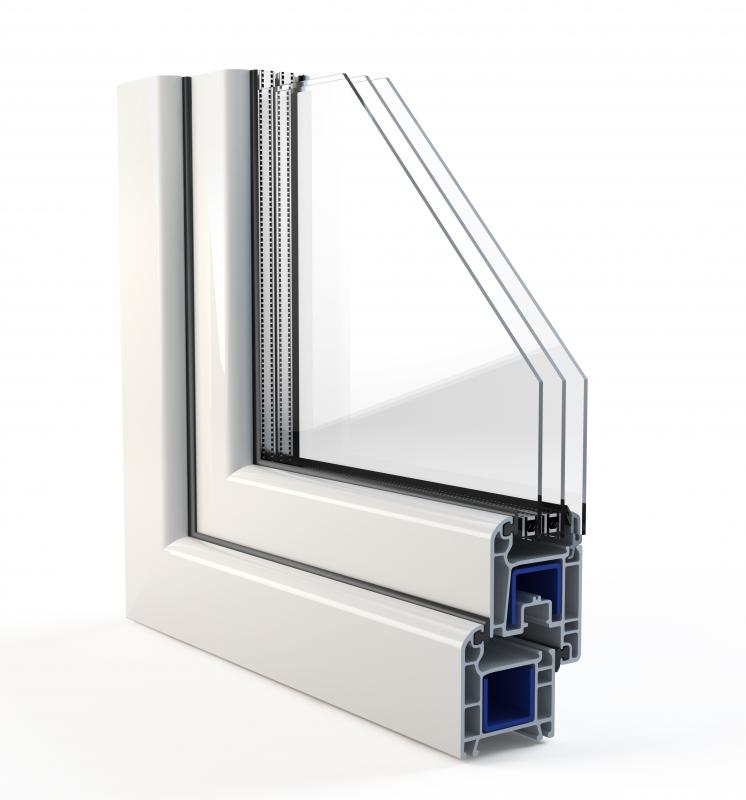At HomeQuestionsAnswered, we're committed to delivering accurate, trustworthy information. Our expert-authored content is rigorously fact-checked and sourced from credible authorities. Discover how we uphold the highest standards in providing you with reliable knowledge.
What Is a Brick Mold?
A brick mold may refer to the device used for creating construction bricks or the framework that that covers the outer perimeter of a door or window. Homemade cement bricks provide a number of indoor decorative finishes that include the facades of fireplaces, faux brick walls or flooring. People sometimes use the bricks for the exterior of a home, as stepping stones through a garden, around a pond, or as pavement to form patios and sidewalks.
Do-it-yourself (DIY) homeowners have the option of using a brick mold and making bricks from mixtures of cement, instant concrete, plaster, or resin. The brick weight varies depending on the type of mixture recipe, and heavier bricks typically contain instant concrete mix combined with sand and water. Lighter weight bricks contain the concrete mix, sand, water, and perlite or vermiculite. For decorative indoor use, homeowners also mold bricks using plaster of paris, which generally cures faster.

A broad spectrum of colored pigments, added to a mix, allows users to create bricks in every color imaginable. If consumers prefer, finished brick surfaces can also be painted. Hardware and home improvement stores generally sell the brick molds, filling ingredients, pigments, and mold lubricants, along with instructions for creating various types of bricks. After combining ingredients and pouring the mixture into the mold, the brick generally requires 24 hours to cure before removing the brick from the mold.

Companies generally construct the synthetic plastic brick mold from acrylonitrile butadiene styrene (ABS). The molds last from 50 to over 100 uses, depending on proper use and care of the product. The homemade bricks resemble typical rectangular bricks, but the finished thickness ranges only from 0.5 to 1.75 inches (1.3 to 4.45 centimeters). The lengths and widths of brick molds come in variable sizes that include dimensions of 4 x 8 inches (10.2 x 20.3 centimeters) and 5.5 x 11 inches (14 x 27.9 centimeters).

Stores generally sell individual molds in sets of six to 36. Individual bricks give consumers the option of creating any configuration desired. Manufacturers also create brick molds in specific block patterns. A travertine pattern, for example, typically mimics three layers composed of 12 to 13 bricks, plus the masonry in between. The textures represented by a brick mold can also vary. Some molds create a typical rough textured brick while other molds have a smooth, slate-like appearance.
Construction workers traditionally used wood for the type of brick mold that provides a picture frame appearance around doors and windows. The camouflaging frame generally covers any gaps, insulation or metal flashing between the door or window casing and the construction material of the building or home. On exterior surfaces, wood endures constant exposure to the elements. Moisture and insect pests may eventually cause rot. Besides wood, alternative brick mold materials used for door molding or window molding include aluminum and polyvinyl. These materials might be part of the original construction or homeowners may cut the substance to fit and attach over existing wood surfaces.
AS FEATURED ON:
AS FEATURED ON:













Discuss this Article
Post your comments